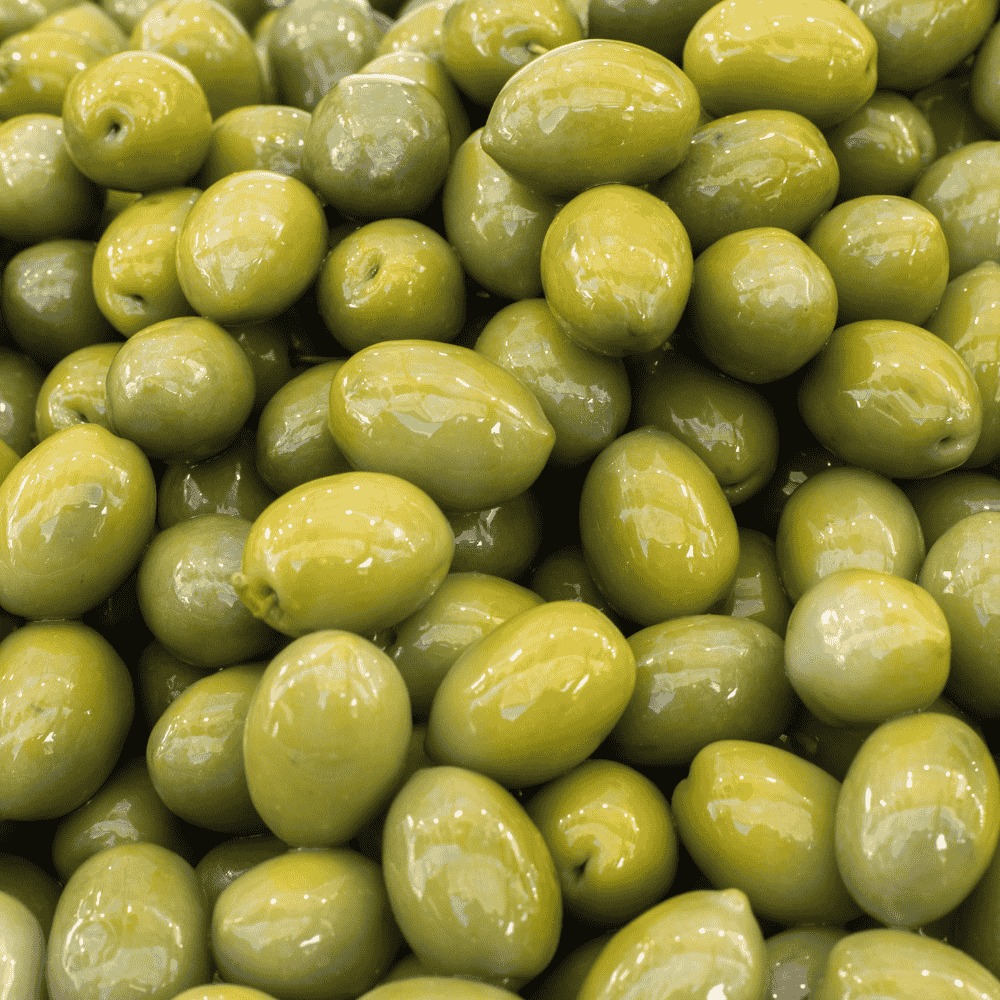
Secrets Behind Authentic Italian Carbonara: Tradition and Taste
Italian Carbonara is not merely a pasta dish; it’s a culinary narrative steeped in tradition, regional diversity, and a passion for authentic flavours. Despite its worldwide acclaim, many misconceptions still surround this classic recipe. In this article, we delve into its fascinating history, clarify common myths, and reveal the secrets that make Carbonara a symbol of Italian culinary excellence.
A Journey Through History
Carbonara’s origins are as intriguing as its flavor. Although debates persist about its exact roots, most agree that the dish emerged in Rome during the mid-20th century, evolving from Italy’s rich culinary heritage. Early iterations relied on simple, high-quality ingredients—eggs, Pecorino Romano cheese, and cured pork—blended together to form a luscious, creamy sauce. Over time, Carbonara became a canvas for regional creativity while maintaining its core identity as a celebration of Italian tradition.
Regional Variations and Common Misconceptions
Misconceptions Clarified
A common myth is that Carbonara must include cream to achieve a rich sauce. However, purists insist that the authentic recipe depends solely on the natural emulsion of eggs and cheese, enhanced by the savoury flavour of guanciale or pancetta. Adding cream dilutes the integrity of the dish, undermining the balance that has defined Italian Carbonara for generations.
Embracing Regional Differences
While Roman Carbonara is often held as the gold standard, variations do exist across Italy. In some regions, local ingredients and slight tweaks in technique offer subtle differences, each celebrating the unique flavours of its terroir. These regional adaptations underscore the diversity of Italian cuisine while staying true to the dish’s foundational elements—quality ingredients and simple preparation.
Expert Insights from Italian Chefs
Authentic Italian chefs emphasize that the magic of Carbonara lies in its simplicity and the superior quality of its components. Chef Luigi from Rome explains,
“The beauty of Carbonara is in its authenticity. When you use the finest guanciale and aged Pecorino, every bite tells a story of passion and tradition.”
Such insights highlight that true Carbonara is more than a recipe—it’s an experience rooted in respect for time-honored techniques and the best local products.
Essential Ingredients for an Authentic Experience
For home chefs aiming to recreate this iconic dish, sourcing the right ingredients is crucial. Our exclusive Kit Carbonara provides everything you need—premium pasta, savoury guanciale, and a perfectly balanced blend of seasonings—to ensure your Carbonara remains true to its Italian roots. By choosing authentic ingredients, you set the stage for a culinary experience that honors Italy’s rich gastronomic heritage.
Bringing Tradition to Your Table
Mastering Carbonara is about embracing the cultural and culinary traditions of Italy. It involves understanding its history, appreciating regional nuances, and selecting ingredients that genuinely reflect the dish’s legacy. Whether you’re preparing a special dinner or a comforting weeknight meal, let the secrets behind authentic Italian Carbonara inspire you. Transform your kitchen into a gateway to Italy, and enjoy every delicious, tradition-filled bite.






